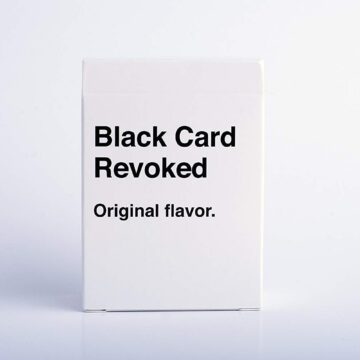
The Ohio Supreme Court recently made a significant adjustment to the time limit. An insured can bring a lawsuit against an insurance agent for failure to procure the proper insurance coverage for a claim. In LGR Reality, Inc. v. Frank & London Ins. Agency, 2018 Ohio 334 (2018), the Court held that claims against insurance agents are limited to four (4) years from when the agent first issued the policy.
The statute of limitations for claims against insurance agents is four years. That has always been known, and when those four years begin has been debated for over 30 years. To file a lawsuit, a person needs to have suffered damages. For example, if I witness a car run a red light in front of me (negligence), I cannot file a lawsuit unless the car causes harm to me (damages).
Understanding Delayed Damages
What happens if someone commits a wrong, but no damages ensue for many years? Ohio law affords an exception in those instances known as the “delayed damages” rule. Under this theory, when wrongful conduct is not immediately harmful, the statute of limitations does not begin to run until the actual damage occurs.
The Supreme Court’s recent decision addresses its 1982 decision that muddied the waters as to when an action could be brought against an insurance agent. At that time, the Court opined that the “delayed damages” rule applied, and the statute of limitations did not begin to run until the insurer denied the claim. Since 1982, many courts have followed that path. For example, an insurance policy was issued to Acme Co. in 2002 and renewed annually after that. In 2017, an event occurred, resulting in Acme filing a claim with its insurance company. The insurance company then denies the claim. Now, for the first time, Acme has suffered actual damages in the amount it owes to the third party for its liability that Acme thought was covered by its insurance carrier. Previously, Acme could timely file a lawsuit against the agent until 2021. By its recent decision, the Ohio Supreme Court had declared that the action against the insurance agent is time-barred, even though Acme likely did not know that it even had a claim against the agent in 2002 (or by 2006 when the statute of limitations expired).
While the Supreme Court decision may seem crystal clear, it is not. Indeed, the decision hones in on a particular fact pattern. One can interpret the decision to be limited to:
- Professional liability policies (rather than a homeowner or commercial package policy); and
- Instances where the basis of the claim denial is contained within the terms of the policy (such as a specific exclusion).
In 1982, the Court noted that the “delayed damages” rule applied because what the insured thought was “there” was “not there.” Now, the Court notes that the “delayed damages” rule does not apply because the insured did not realize that what was “there” was ”there.” Clear as mud, right?
Where does a business owner go from here?
I would expect that the likelihood of success for a claim against an insurance agent filed more than four years after the policy was issued, regardless of the fact pattern, is remote (perhaps exceedingly so). It is more important than ever to review your business and personal insurance policies. Ensure you know and understand what risks “are” and “are not” covered. It is far better to know now instead of 5 years down the road when it is likely too late.




0 Comments